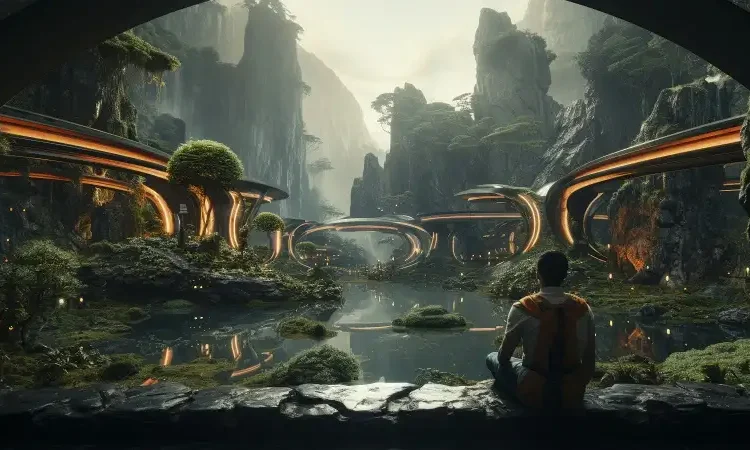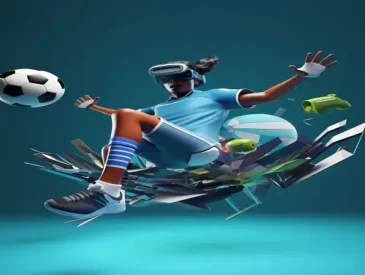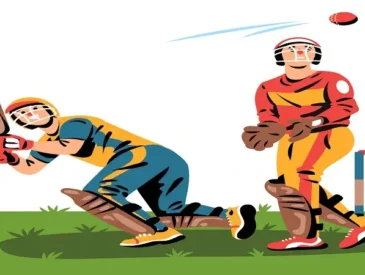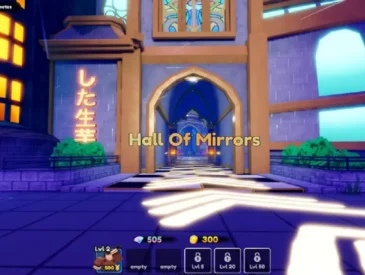Creating immersive game environments is a complex task that requires a blend of artistic talent, technical skill, and a deep understanding of the gaming experience. With the advent of AI-generated images, developers now have a powerful tool at their disposal to enhance the visual appeal and realism of their games. In this blog post, we’ll explore how AI-generated images can be seamlessly integrated into game environments, the tools available, and the impact on player experience.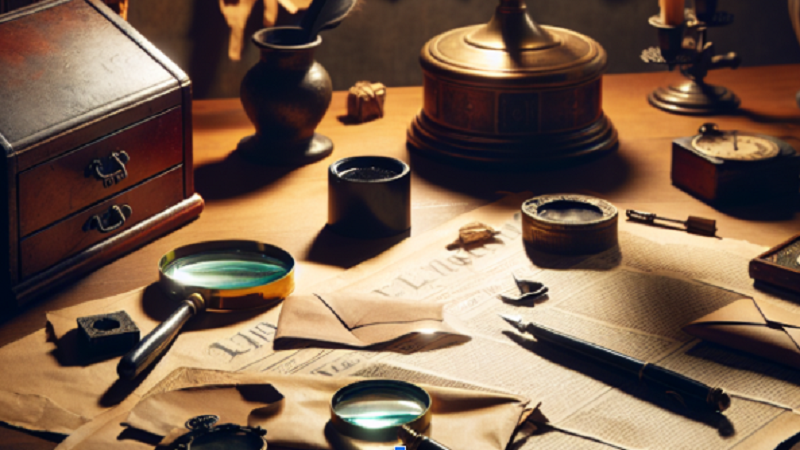
AI Image Generation Tools
AI image generation tools have evolved significantly over the past few years, offering developers a range of options to create stunning visuals. Some of the most popular tools include:
- DeepArt: This tool uses deep learning algorithms to transform images in the style of famous artists, creating unique and visually appealing graphics.
- Artbreeder: A genetic algorithm-based tool that allows users to breed and evolve images, offering a creative way to generate new and unexpected visuals.
- This Person Does Not Exist: Using GAN (Generative Adversarial Network) technology, this website generates realistic human faces that can be used for character design.
- DALL-E Mini: An AI model that generates images from textual descriptions, allowing developers to visualize their ideas quickly and efficiently.
The Integration Process
Integrating AI-generated images into game environments involves several steps:
1. Conceptualization
The first step is to conceptualize the game environment. Developers must decide on the theme, style, and mood they want to achieve. This will guide the use of AI tools to generate relevant images.
2. AI Image Generation
Once the concept is clear, developers can use AI tools to generate images. They can input specific parameters or descriptions to get images that match their vision. For example, using DALL-E Mini, a developer could request an image of a “futuristic cityscape at sunset” and receive multiple variations to choose from.
-
Customization and Editing
AI-generated images often require customization to fit perfectly into the game environment. Developers can use image editing software like Adobe Photoshop or GIMP to adjust colors, lighting, and other elements to ensure consistency with the game’s art style.
4. Testing and Iteration
After integrating the AI-generated images into the game, it’s crucial to test how they look in different lighting conditions and from various angles. Feedback from test players can help identify any issues that need to be addressed.
5. Final Integration
Once the images are perfected, they can be seamlessly integrated into the game environment. This involves importing the images into the game engine and ensuring they interact correctly with other elements like characters and objects.
Enhancing Player Experience
AI-generated images can significantly enhance the player experience by creating more detailed and immersive environments. Here’s how:
Realism
AI can generate highly realistic textures and scenes, making the game world feel more tangible and believable. This realism can draw players deeper into the game’s narrative and make their interactions more meaningful.
Variety
AI tools can produce a vast array of unique images, ensuring that no two areas in the game look the same. This variety keeps the game fresh and engaging, preventing players from feeling like they’re seeing the same environments repeatedly.
Efficiency
Generating images with AI can be faster than traditional methods, allowing developers to iterate more quickly and respond to player feedback. This efficiency can lead to a more polished final product with richer visuals.
Creativity
AI doesn’t replace the artist but rather complements their work. It can inspire new ideas and push the boundaries of creativity, leading to innovative game environments that stand out in the market.
Conclusion
AI-generated images offer a promising avenue for game developers to create immersive and visually stunning environments. By leveraging tools like DeepArt, Artbreeder, and DALL-E Mini, developers can streamline the design process and bring their visions to life with greater ease and efficiency. The result is a more engaging player experience, where the game world feels as real and dynamic as the players’ imaginations. As AI technology continues to evolve, we can expect even more innovative applications like AI pdf reader, chatting, etc. in game development, further blurring the lines between the real and the virtual.
